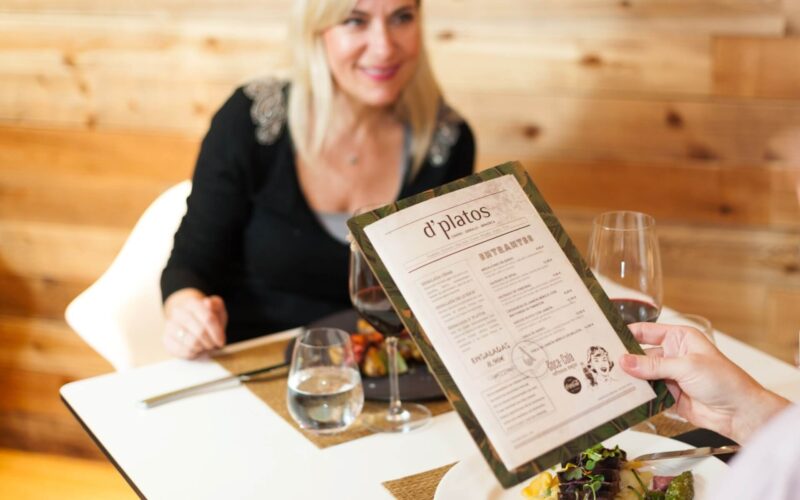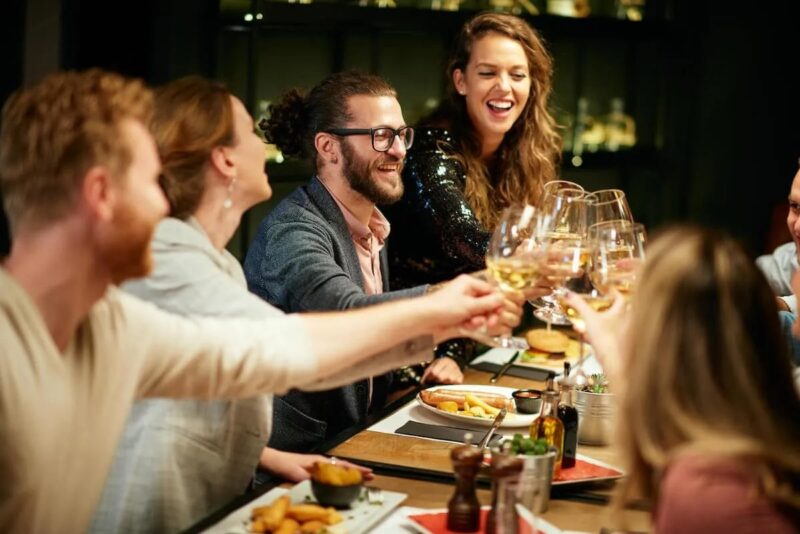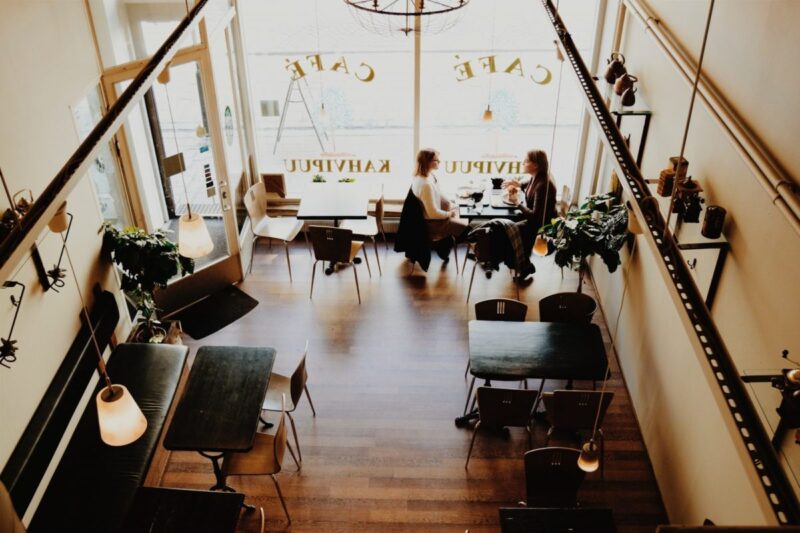Launching or running a restaurant is not just about food and service. Today’s diners seek an experience, a sense of place, and a story they can connect with. Building a strong identity for your restaurant or café is what sets you apart from the dozens of other places in town serving good coffee or great pasta. Your identity shapes how customers perceive you, why they return, and how they talk about you to others.
This guide walks through the practical and creative steps to define and strengthen your brand identity so it resonates with customers and holds long-term value.
Understanding the Foundation of Your Brand

Every restaurant or café needs more than a logo and a catchy name. At its core, identity is about values, voice, and consistency. Ask yourself:
- What type of dining experience do you want to offer?
- What emotions should customers feel when they walk in?
- What values – local sourcing, sustainability, family warmth – are central to your concept?
These are the roots of your identity. From them, everything else grows: design choices, menu structure, staff culture, and marketing. Without this clarity, even the most well-designed visuals will feel empty.
Bringing Personality into Your Visual Branding

Once you know your foundation, it’s time to translate those values into design and visuals. Color schemes, typography, and logo design all play an important role in how your restaurant or café is perceived. For example, a rustic farm-to-table café may use earthy tones and handwritten-style fonts, while a sleek modern bistro might lean on minimalist colors and geometric shapes.
Small but impactful items also help reinforce your brand. Many owners now use custom pins to give staff a unique look or to offer as low-cost merchandise for loyal customers. These little details serve as conversation starters and allow guests to carry a piece of your brand outside the restaurant, strengthening recognition.
Think of your visual identity as more than aesthetics – it’s a practical way to communicate who you are before a guest even reads the menu.
Crafting a Memorable Interior Atmosphere
The atmosphere you create inside your restaurant or café is as important as the food itself. Interior design should mirror your brand values. For example:
- Cozy cafés often use warm lighting, soft seating, and shelves lined with books or plants.
- Family restaurants may rely on open spaces, durable furniture, and playful artwork.
- High-end dining spots frequently incorporate modern art, elegant materials, and subtle music choices.
Everything matters – the flooring, the table spacing, the smell when a guest enters. A cohesive space doesn’t just look good, it encourages customers to stay longer, spend more, and come back often.
Telling Your Story Through the Menu

Your menu is one of your strongest branding tools. It’s not just a list of food items; it’s a curated narrative about what your restaurant stands for. A strong identity shows in:
- The language used to describe dishes (playful, sophisticated, or straightforward).
- The design of the menu itself – fonts, colors, and spacing should echo your overall style.
- The selection of ingredients whether it emphasizes local suppliers, organic produce, or signature house specialties.
For example, a café branding itself around sustainability should highlight local farm partnerships or reduced-waste menu items. This makes the dining experience more authentic and connects customers with your mission.
Building Consistency Across Customer Touchpoints
Identity only works when it’s consistent. This includes every way a customer interacts with your business:
- Website and social media: The tone and design should reflect the in-house experience.
- Staff uniforms and communication: How staff greet and serve customers contributes to your perceived culture.
- Packaging and takeout materials: Bags, cups, and containers should carry the same visual identity as your interiors.
When all touchpoints are aligned, your brand feels professional and trustworthy. Inconsistencies, on the other hand, weaken recognition and make you forgettable.
Engaging Customers Through Experiences

Modern restaurant-goers want more than a meal. They want to feel part of something bigger. Creating unique customer experiences helps reinforce your identity and deepen loyalty. Examples include:
- Hosting live music that reflects your café’s personality.
- Organizing seasonal tasting menus that highlight your creativity.
- Running workshops, coffee tastings, or chef’s table dinners.
These experiences become shareable moments on social media, boosting your visibility while strengthening your distinct character.
Leveraging Community and Local Connections
A restaurant or café often thrives when it feels rooted in the community. Consider:
- Partnering with local artists to display work on your walls.
- Sponsoring neighborhood events or offering discounts to nearby workers.
- Highlighting regional products or traditions in your menu.
When your business identity reflects local pride, customers are more likely to see you as part of their lifestyle, not just a place to eat.
Monitoring and Evolving Your Identity

Identity is not static. Tastes change, customer expectations shift, and competition evolves. Strong brands know how to adjust without losing their essence.
- Track customer feedback through reviews and surveys.
- Watch how people talk about your restaurant online.
- Refresh visuals or menu layouts occasionally to stay modern, while keeping the core recognizable.
The key is evolution, not reinvention. Successful restaurants maintain their unique character while remaining relevant to current trends.
Final Thoughts
Building a strong identity for your restaurant or café is a long-term investment. It starts with values, expands into design and storytelling, and lives through consistency and customer experiences. A clear, authentic identity not only attracts new guests but keeps them coming back, turning casual visitors into loyal advocates.
If you approach branding as an ongoing process – one that blends creativity, community, and consistency – you’ll create more than a place to eat. You’ll build a destination people remember, recommend, and return to time and time again.

